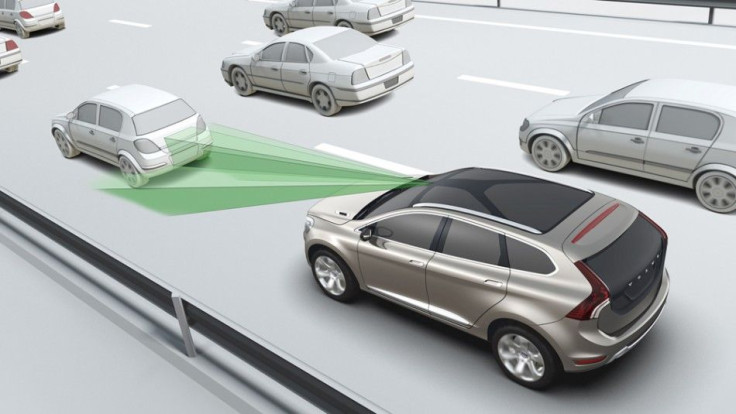
For years, vehicular safety ratings have been based on crash worthiness in the event of collision. Automakers spend millions on safety systems including advanced crumple zones, passive restraints, and high strength passenger compartments combined with multiple airbags.
This will soon change as AutoExpress reports that a future Euro NCAP five stars rafety rating score will require manufacturers to implement preemptive safety devices known as Autonomous Emergency Braking from 2014 model year forward.
As the name suggests, Autonomous Emergency Braking systems, or AEB, helps to avoid crashes or takes action to mitigate its severity by alerting the driver and automatically engaging the brakes. The technology applies forward-looking radars and sensors to paint an accurate image of the surroundings, allowing the vehicle to act in accord to the changing environment.
Early adopters of this technology include premium brands Volvo and Mercedes-Benz. As is often the case with safety technology, expect AEB systems to trickle down to more affordable vehicles very soon. The Ford Fiesta and Ford Kuga, known as Escape in North America, will feature the technology on its next update. Mercedes-Benz will feature AEB in its entry-level A-Class compact hatchback as well.
According to a study conducted by the Euro NCAP organization, "Real world performance data suggests AEB systems can reduce accidents by up to 27 percent However, only 21 percent of the cars sold in Europe are currently available with the safety device. By placing a 5 star safety rating out of reach from the vehicles that do not feature the system, Euro NCAP hopes to give companies a little push to more widely implement the technology.
Supporting the Euro NCAP, the European Union believes that auto fatalities may be cut by 50 percent by implementing this safety device. No doubt, the U.S. NHTSA agency will closely follow the Euro NCAP's model should it prove successful.
Euro NCAP released a video to promote the merits of AEB technology. Watch the video below:




